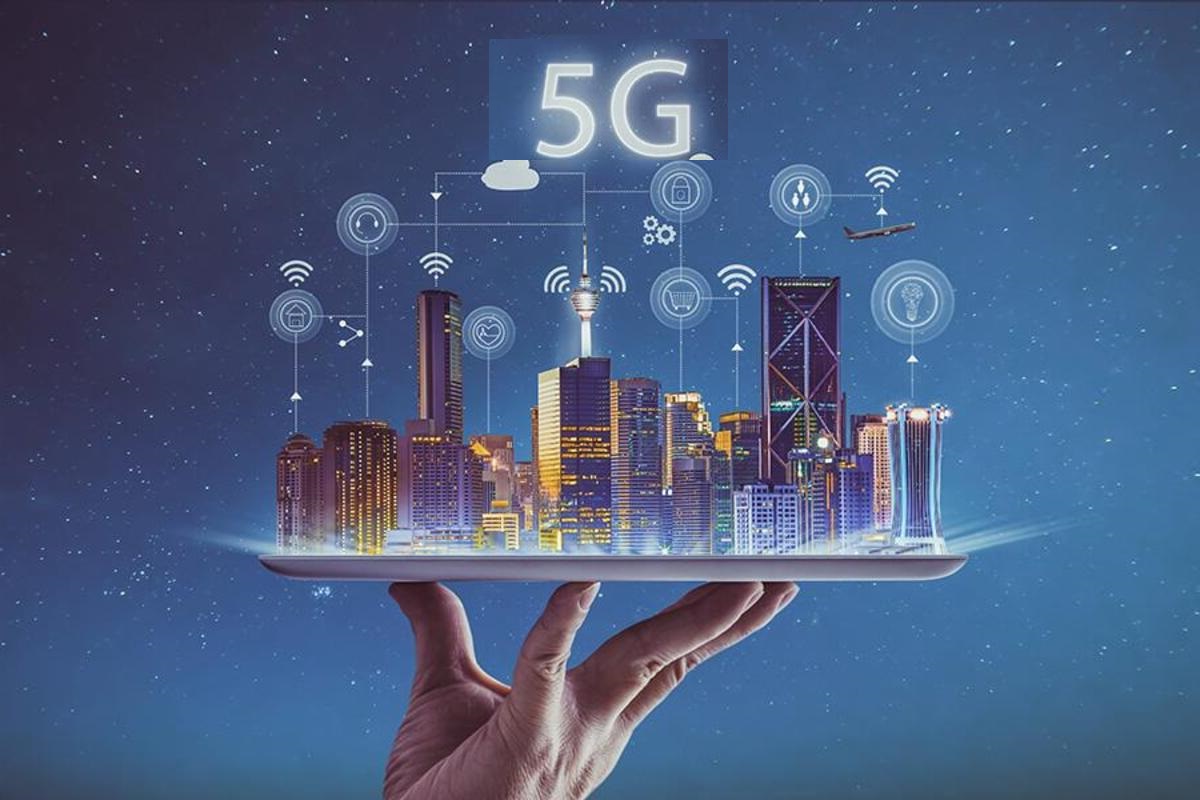An in-depth examination of the future 5G technology in Australia’s telecommunications industry.
5G will change Australia’s telecom business. It promises unprecedented speed, stability, and volume. This new wireless technology will transform our lives, careers, and enjoyable activities and create a new age of fascinating digital items.
The Australian government has prepared extensively for 5G technology. It launched a 5G strategy 2018 to make Australia a worldwide 5G leader. The strategy simplifies the 5G setup, encourages competition, and ensures proper regulations.
5 The ACMA also enabled g technology. They are working hard to ensure 5G services have adequate airwaves. This is crucial for introducing innovations. 26 GHz spectrum was auctioned in 2020. This spectrum is ideal for high-capacity 5G services.
Australia’s telecom business has adjusted effectively. Telstra, Optus, and TPG Telecom started 5G services in select locations and aim to expand them. These firms invest heavily in 5G infrastructure because they think it will help them develop and innovate.

Also read: Data-Centric Security in Data-Centric Security in South and Central America Navigating the Future
Australian 5G implementation has specific challenges. Infrastructure costs are a severe concern. 5G needs several tiny cells. Setting up these tiny cells is expensive. Scientific research has mainly disproven 5G radiation health concerns.
5G offers benefits despite its difficulties. Technology is expected to create self-driving vehicles, smart villages, remote physicians, and virtual reality. More employment and companies might enhance Australia’s economy.
Deloitte estimated that 5G may boost GDP by $2,000 per person in the first ten years. 5G may produce 25,000 jobs in 2030, according to the report. These calculations show how 5G might boost Australia’s economy.
Australia’s telecoms industry’s 5G future seems optimistic. 5G is a government-business partnership. However, the potential benefits are great. 5G is projected to boost the Australian economy, spur digital innovation, and change everyday living.
5G requires collaboration, money, and new ideas. If Australia makes the right choices, it might lead the 5G revolution and reap its benefits. In this unique moment, we’ll witness how 5G affects Australia’s telecom business.
Our Reader’s Queries
What is the technology under 5G?
Standard 5G technology uses low-band spectrum to improve coverage and reliability, but its speed is only slightly faster than 4G LTE. However, 5G Plus takes advantage of millimeter wave technology to achieve lightning-fast speeds, albeit with a shorter range.
What is so special about 5G technology?
With 5G technology, you can enjoy high bandwidth and lightning-fast speeds of up to 10 gigabytes per second. This means you can easily stream ultra-high-definition videos and transfer large data volumes without any lag. The high-speed mobile broadband also allows for seamless transfer of data in both upstream and downstream directions, making it perfect for applications like virtual reality and extended reality (XR).
What are the disadvantages of 5G technology?
The cost of building and deploying 5G networks is higher compared to 4G LTE networks, which may delay its widespread availability. Additionally, 5G signals have a shorter range than 4G LTE signals, resulting in more limited coverage.
How 5G is different from 4G?
The primary contrast between 4G and 5G is latency, with 5G boasting a latency of under 5 milliseconds, while 4G ranges from 60 ms to 98 ms. This low latency has a ripple effect on other areas, such as faster download speeds, making it a game-changer in the world of mobile technology.

